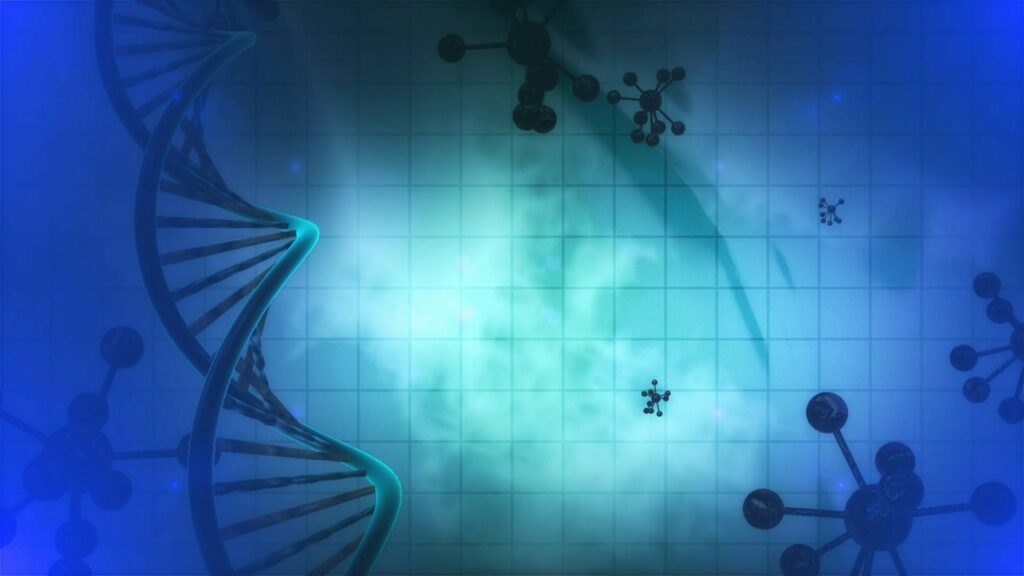
All technologies (biomedical ones included) go through a stage of discovery, high expectations, often a decline, and then either implementation with a more realistic attitude, or oblivion if the expectations were not met. We decided to look back about 15 years to see which of the alleged “breakthrough” technologies have begun to bring real benefits today, as this is the amount of time biomedical technologies need to go through the described path, which have not yet reached the stage of practical implementation.
RNA interference
Expectations
In the late 1990s, the mechanism of RNA interference (RNAi) was discovered, the blocking of protein synthesis with a specific RNA template, through the selection of a complementary RNA fragment (“antisense” RNA), was an inspiring event for biomedicine. It seemed that the selection of the necessary interfering agents would allow us to turn off any genes – and, thus, the proteins corresponding to them – in any cells of the body. Furthermore, the specificity of the interaction with long sections of nucleic acids would ensure high safety. This paradigm was projected, among other things, on the prospects of treating almost any disease by turning off certain key proteins, whether it be external pathogens, such as bacteria and viruses, or human cells, such as cancer cells.
Afterward, several major issues came up with the precise delivery of RNAi. One issue in particular was its lack of steadiness in the blood plasma, where plenty of enzymes can cause rapid damage to nucleic acids. A major difficulty is the need to deliver RNA into a cell since its highly charged nature means it can’t pass through the lipid bilayer in the outer membrane.
The idea of using viral carriers to target specific cells seemed very promising was quickly embraced. This solution has been able to revolutionize the way we think about cell targeting.
An alternate method to ensure RNA’s protection from enzymes and its entry into cells is to package it in nanoballs. This will help keep the RNA secure and permit it to penetrate target cells.
Despite that, the vast majority of pharmaceuticals that went into phase 3 clinical trials had their RNA molecules protected from breakdown with the help of chemical modifiers enzymes.
Reality
Furthermore, the developers were met with disappointment after disappointment. It turned out that the RNA preparations were too toxic. Even a length of 20-30 nucleotides is not enough to ensure complete selectivity with respect to the target RNA, and with the three billion base pairs in the human genome, there are bound to be other targets, binding to which causes unpleasant side effects. Additionally, some RNA degradation does occur, and shorter sequences are more likely to cause side effects. As a result, almost all of the drugs that reached the market were withdrawn, and now there are only two drugs that treat Duchenne muscular dystrophy, a rare disease associated with dysfunction of the protein dystrophin, a component of muscle fibers. By utilizing the RNAi technology, scientists are able to create agents that target and bind to mRNA encoding dystrophin. This is done in order to prevent ribosomes from transcribing a non-functioning site, leading to the synthesis of a functionally active form of dystrophin in cells. Consequently, this significantly relieves symptoms of the disease for patients.
It is possible that we will find solutions to the current issues with non-specific RNA binding and inefficient delivery in the near future, leading to more drugs based on RNAi.
Magnetic nanoparticles in cancer therapy
Expectations
Not long after the technological advancements that enabled us to make and use nanosized objects, it was discovered that nanoparticles – mainly iron oxides a few other metals – had the best penetrative power when it came to inferring with living organisms’ cells. It was assumed that cancer cells are capable of more active absorption of such particles compared to healthy cells. If the particles are made of a conductive material, then the subsequent exposure to a powerful high-frequency electromagnetic field causes strong heating of the particles, thus destroying the cells that contain them. Hyperthermia has been used in clinical practice for a while now, particularly in oncology. However, the real potential of this therapy was unlocked with the emergence of nanomaterials – making it a much more promising approach.
Reality
Although some advancement has been made with this approach, it hasn’t yet revolutionized cancer treatment. In many cases, the outcomes from preclinical studies don’t always reflect what happens in humans. However, promising initial clinical trials have been done.
The main problem with clinical application was the lack of selectivity for nanoparticle penetration into the tumor, as well as uneven or incomplete penetration of particles into the tumor, and the difficulty of standardizing the procedure itself. It turned out that for selective delivery of particles to a tumor, it is not enough to simply introduce them into the bloodstream; they must either be injected directly into the tumor or supplied with antibodies that will target them to the tumor. Both of these improvements have their drawbacks and add to the complexity of the process.
Consequently, alternative treatments for cancer are proving to be more successful and growing rapidly. We’ll look into some of them in this article.
Conclusion
This analysis only scratches the surface of possible treatments for stroke. Thrombolytics and antioxidants, two promising treatments in this space, were not included in this investigation. Many people still have high hopes that these therapies may help in treating stroke someday; cancer immunotherapy has been a remarkable breakthrough in the treatment of melanoma and lung cancer, leading to life-saving drugs. Likewise, stem cells offer a lot of potential that is yet to be realized. Therefore, we will review the current state of both these topics in this article.
However, these examples are enough to ensure that drug development is most successful in areas where a solid scientific foundation has been established, by understanding the mechanisms of pathologies development, we can assume what can affect them, create model animals, and understand how to build a research program for humans. Conversely, due to our current lack of understanding of how the brain, immune system, and cancer work, our attempts to “find” a cure for Alzheimer’s disease or stomach cancer are often blind and futile, relying on luck to be successful. Although certain scientists in the fields of biomedicine and pharmacology have voiced their concerns or speculations, it must be noted that these statements are highly speculative, those who have barely discovered a mechanism that appears to be important to them or have received a drug that works on mice are in a hurry to report that they have found a cure for aging or cancer.
We hope that this article will arm readers with the knowledge to approach bold predictions regarding biomedicine carefully. Alongside this, we want people to be optimistic about the potential for advancing the field in the future.
Last modified: April 13, 2023

